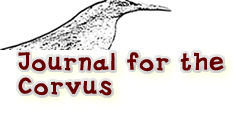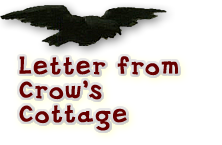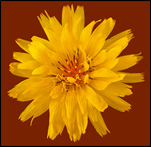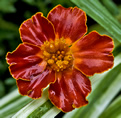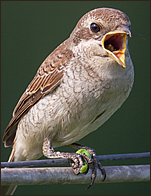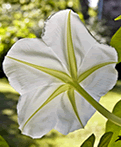
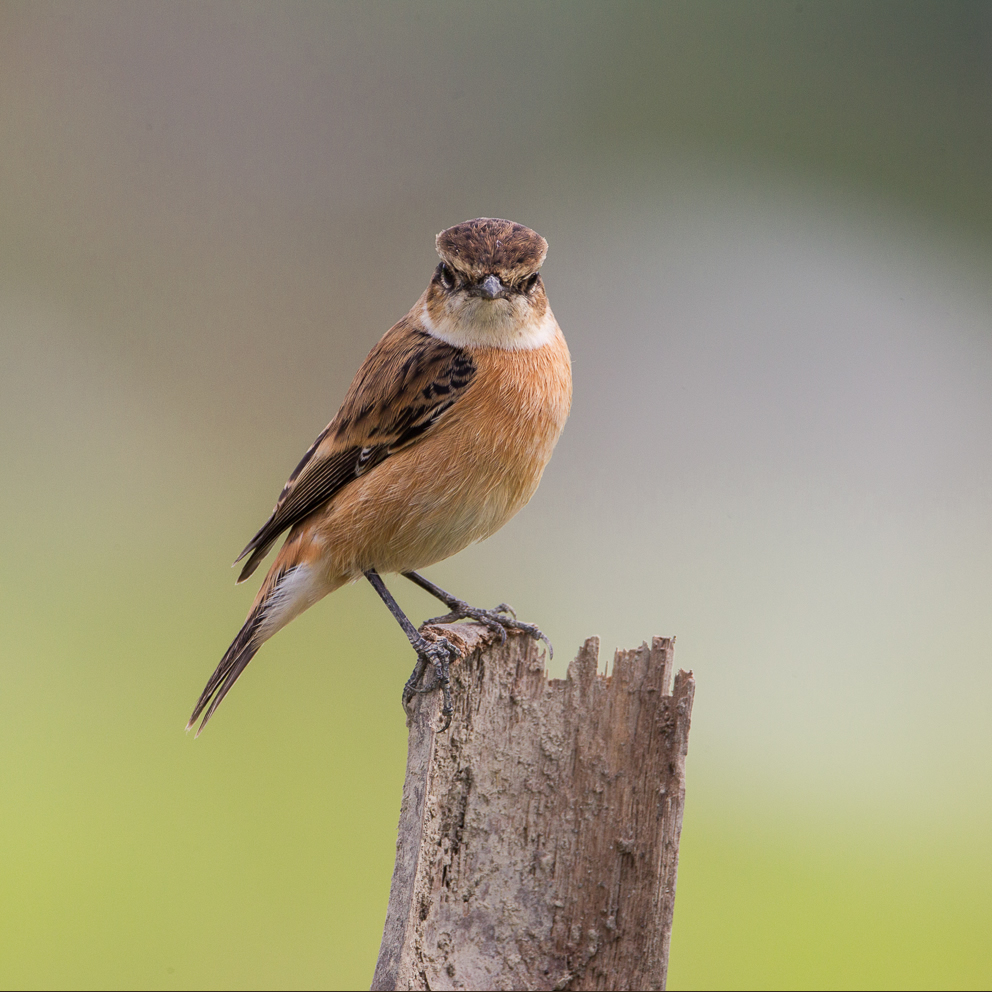

∞
Saxicola stejnegeri
Long Valley, Hong Kong
• 29 October 2013
The stare of the Stonechat,
displayed here in pixels, albeit with some trepidation,
has been known to place under dark and occult spell
certain olden Scots and some latter-day Bohemians and Czechs.
Whether or not the spell can be transmitted through cybersight is for you alone to know.
Photograph by Andrew Hardacre
By Andrew Hardacre
Posted from Hong Kong on 15 November 2013
When I renewed my interest in birds some twenty-odd years ago, I was living in the southern English county of Hampshire. Close by was The New Forest, a naturalist’s haven I visited a great many times. This being England, The New Forest is neither new nor a forest as most would envision one. In the eleventh century the forest was alive and verdant during the age of William the Conqueror, villain of The Battle of Hastings in 1066. He named it Nova Foresta in 1079. It is described in Wikipedia as "one of the largest remaining tracts of unenclosed pasture land, heathland, and forest in the heavily populated south east of England."
And there on the heathlands of The New Forest I frequently found the Stonechat, Saxicola torquata.
Old Scottish lore attributes the Stonechat as a creature of occult powers — so states Birds Britannica (Mark Cocker and Richard Mabey | Vintage Chatto & Windus | 2005). I confess that on the many occasions I exchanged stares with a Stonechat, I never felt the ice-cold ripple of fear running down my spine. Unlike Gregor Samsa, I have never woken the following morning to find myself zu einem ungeheuren Ungeziefer verwandelt. I admit freely that nowhere does Kafka explicitly blame a Stonechat, but I read into the text what I will. I am sure that is what he thought.
Captivating in Call and Appearance
Stonechat is a very descriptive name. Others I traced were chickstone, stonechacker, stonechatter, stoneclink. and stonesmith. Hear the sound of two stones being tapped against one another and that is the sound of the Stonechat, a captivating sound that contributes to my pleasure in the bird’s company. “There can be few early springtime pleasures greater than the sight of a male Stonechat atop coastal gorse, or the sound of its captivating song from fellside heather or lowland heath,” writes a contributor to The New Atlas of Breeding Birds in Britain and Ireland: 1988-1991.
Both call and appearance are gifts to the inexpert birder. The Stonechat is confiding but not too confiding. It sits up and perches happily for the photographer. I hesitate to describe the bird as unmistakable as modern taxonomy is tortuous and mystical. The Stonechat (I am afraid) is no longer as simple as it seemed those two decades ago when I reclaimed the identity of “birder.” In the good old days before science invented DNA and the Internet opened up Pandora’s Box, the only confusion species for Stonechat was Whinchat.
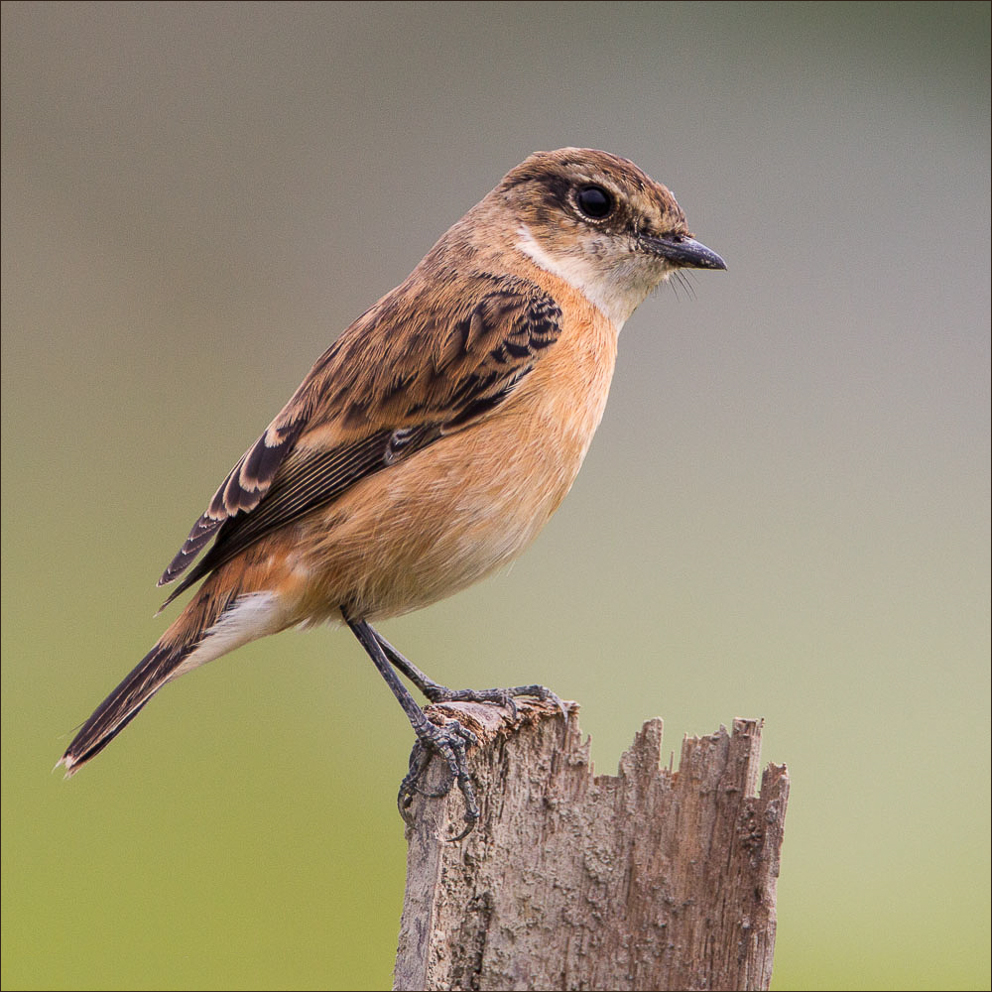
I'll catch it ere it come to ground....
Long Valley, Hong Kong
• 29 October 2013
∞
Your vessels and your spells provide,
Your charms and everything beside.
I am for th' air.
— Hecate in Macbeth, Act 3 Scene 5
∞
Photograph by Andrew Hardacre
Banished to the Bottom of the Tea Chest
“Xmas 1966” is inscribed in my copy of A Third Book of BRITISH BIRDS and Their Nests. I was nine when I came into possession of the book, so my writer’s script is spidery and precious, but the book is telling. The cover features no less than a pair of Stonechats. The text by the excellent Brian Vesey-Fitzgerald runs to 17 lines. Life was simple then.
In more recent sources about the species, the Stonechat as a singular thing exists no more. Its direct and simple name of yore is now banished to the bottom of the tea chest, covered in dust and perhaps a cobweb or three. In its place you could choose Common Stonechat (Handbook of the Birds of the World | Lynx Edicions in partnership with BirdLife International | 1992-2013). Or perhaps you might prefer European Stonechat, one of the three species and numerous subspecies in what is described by Urquart (Stonechats, A guide to the Genus saxicola; Helm 2002) as The Common Stonechat Complex. He states, possibly without tongue in cheek that: "The current position concerning the Common Stonechat Complex is far from satisfactory…."
You may think this is horrendous. Can it get worse? Alas, it can. Some people are now elevating subspecies to species level. Where did my innocence go?
Phylogenetic Black Magic
My own relationship with the Stonechat becomes more difficult now that I’ve moved from the halcyon heaths of Hampshire to Hong Kong. Gone is my friendly Common or even European Stonechat. Enter in their stead the Stejneger’s Stonechat, This is a species so mysterious that it can scarcely be separated in the field from its relative Saxicola maura, the other half of a double act that was once Siberian Stonechat. I find them less entertaining than Laurel and Hardy or Hope & Crosby. If I were to investigate further, I may yet discover they were triplets and rivaled the Andrews Sisters.
Nevertheless, the Stonechats of Hong Kong are working their black magic on me — and, in an effort to unravel the mystery of whoisit if not whodunit, I have embarked on a crusade to photograph enough stonechats to understand the nuances of field identification if not the taxonomy. I shall save my eyes from glazing over as I read about the phylogenetic species concept, which must, I am convinced, be an anagram for something comprehensible.
Here then on this spidery and precious web are images of the bird of the black arts. View them at your own risk. You too may fall under its spell.
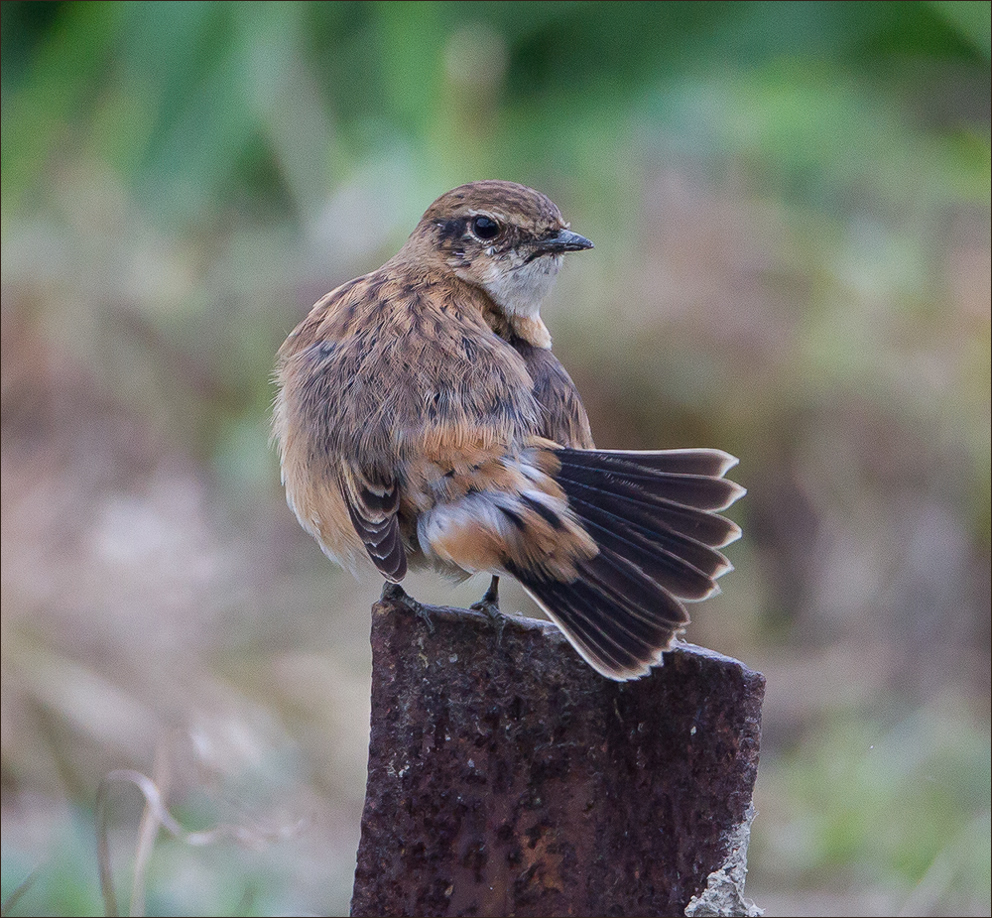
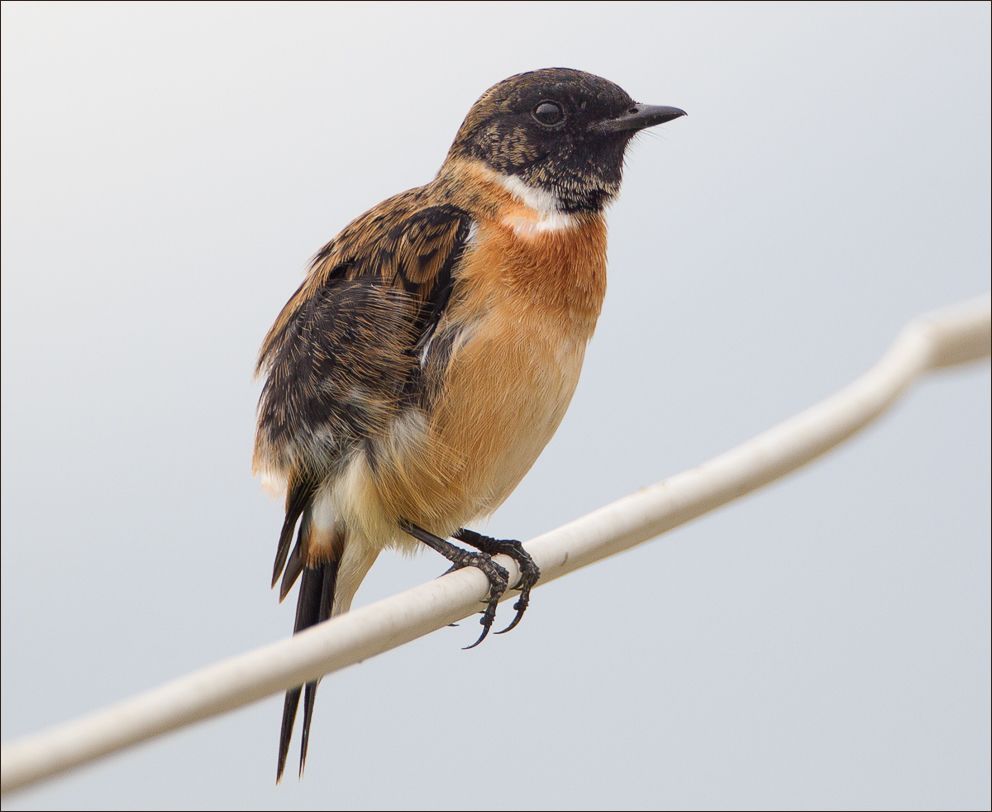
Awful Curse of the Birdsong
Stejneger's Tail Spread at Long Valley • 14 November 2013
Stonechat on a Twig at Long Valley • 29 October 2013
∞
Photographs by Andrew Hardacre
∞
In the North of Scotland this bird is called the "clocharet" or "clocharn" (from cloich, a stone, and ram, a song ? Jamieson), and is believed to be assisted by the toad in incubation. In the Lowlands it is exempt from having its nest "harried" (i. e. robbed) by country boys on account of the awful curse which its notes are supposed to contain :
"Stane-chack,
De'il tak'
They wha harry my nest,
Will never rest,
Will meet the pest,
De'il brak' their lang back
Wha my eggs wad tak', tak' ! "
( Chambers, 'Popular Rhymes of Scotland.' )
∞
THE ZOOLOGIST:
A Monthly Journal
of
NATURAL HISTORY
for
Recording Facts and Anecdotes
Relating To
Quadrupeds, Birds, Reptiles, Fishes and Insects.
∞
No. CCCVI. or S.S. No. 15
London : John Van Voorst, Paternoster Row | December, 1867
Bird of the Black Arts was posted on Friday, November 15, 2013
Largely retired, Andrew Hardacre is an enthusiastic photographer across a wide range of genres, from wildlife to street. He grew up in rural Britain but has traveled the 7 continents in search of birds and photographs. Now settled in rural Hong Kong, he continues to indulge his passion for books, wildlife and photography. Andrew is a Moderator of the Bird Photography community on Google+.
![]() Andrew Hardacre
Andrew Hardacre
You can reach Andrew by e-mail at 57andrew@gmail.com
![]() All downhill from here | Whatever comes to mind.......
All downhill from here | Whatever comes to mind.......
Andrew's blog showcases a wide range of his interests: photographs and commentary inspired by the natural world and the creatures who inhabit it. You'll also find some compelling character studies of our fellow humans.
![]() 57Andrew on flickr
57Andrew on flickr
OK, the editors here at Crow's Cottage are biased in Andrew's favor, but these images are special! If you study the gallery for a while, you'll find our Stonechat amongst the flickr flock of beautiful birds. You'll also see world-class photographs of dragonflies, amphibians, insects, moths, dogs, and members of the human family.

